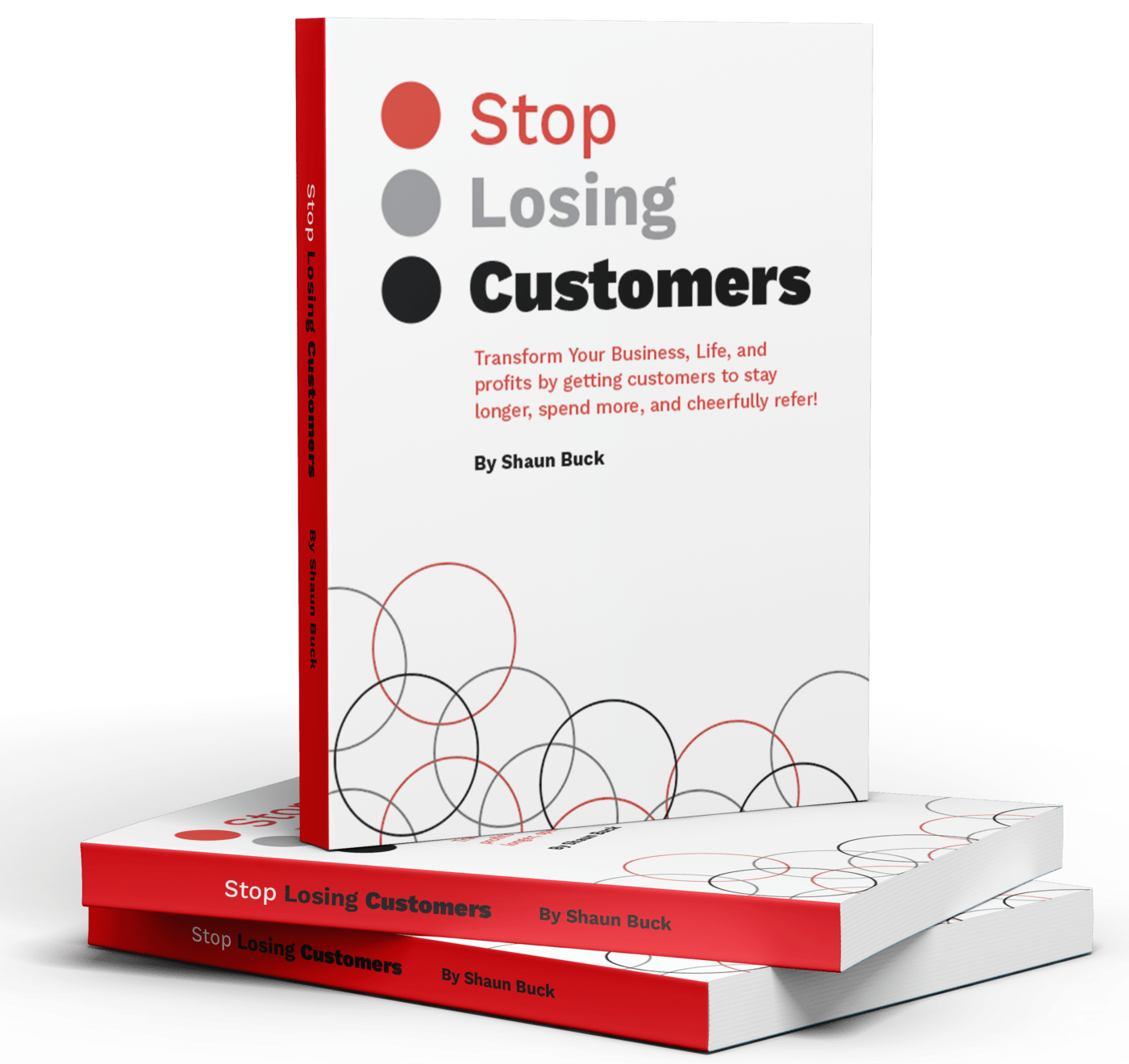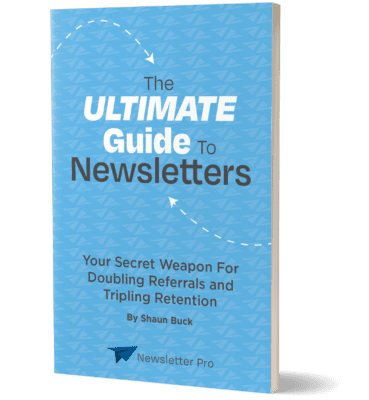Newsletters are a cornerstone of digital marketing, offering a direct line of communication with your audience. But how can you tell if your newsletter is truly resonating with your subscribers?
Tracking performance is essential to understand the effectiveness of your content and to make data-driven decisions for future campaigns. Let’s dive into the keys to evaluating your newsletter’s performance.
Understanding Email Analytics
Before you can improve your newsletter, you need to comprehend what the data is telling you. Email analytics provide a wealth of information that can guide your strategy and help you better connect with your audience.
Key Metrics to Monitor
Open Rate: This tells you the percentage of subscribers who opened your newsletter. A high open rate generally indicates compelling subject lines and a strong rapport with your audience.
Click-Through Rate (CTR): CTR measures the percentage of readers who clicked on one or more links contained in your email. It helps gauge the relevance and value of your content and calls to action.
Bounce Rate: This is the percentage of emails that couldn’t be delivered. High bounce rates may suggest issues with your email list, such as outdated or incorrect addresses.
Unsubscribe Rate: This metric shows the percentage of recipients who opted out of your newsletter after an issue. While some attrition is normal, a high rate could indicate content or frequency issues.
Conversion Rate: If your newsletter includes a call to action (CTA), the conversion rate will measure how many people took the desired action, such as making a purchase or signing up for an event.
What Constitutes a “Good” Metric?
Benchmarks for these metrics can vary widely based on your industry, audience, and the type of content you send. Generally, if your numbers are better than or on par with industry standards, you’re on the right track. However, the best benchmark is your own performance over time – strive for continual improvement.

Tracking Newsletter Performance Over Time
by Austin Distel (https://unsplash.com/@austindistel)
To truly understand your newsletter’s impact, you need to track its performance consistently over time. This historical data will help you identify trends, such as which topics your audience finds most engaging or what type of subject lines lead to higher open rates.
Using the Right Tools
Various email marketing platforms offer built-in analytics that can track these metrics for you. Popular tools like Mailchimp, Constant Contact, or Campaign Monitor provide dashboards where you can monitor performance at a glance.
Setting Goals and Expectations
Establish clear objectives for your newsletter, whether it’s driving traffic to your website, increasing sales, or simply providing valuable content to your audience. With goals in place, you can use your performance data to measure success and identify areas for improvement.
Interpreting Performance Data
Understanding the story behind the numbers is crucial. For example, if your open rate is declining, consider testing new subject lines or sending your newsletter at different times. If your CTR is low, evaluate whether your content aligns with your audience’s interests or if your CTAs are compelling enough.
Segmenting Your Audience
Not all subscribers are the same. Segment your audience based on demographics, behavior, or engagement level to tailor your content more effectively. You might find that different segments have vastly different performance metrics, allowing you to customize your approach.
Conducting A/B Testing
A/B testing, also known as split testing, involves sending two variations of your newsletter to a small percentage of your audience to see which performs better. Test one variable at a time, such as subject lines, images, or CTA buttons, to determine what resonates most with your subscribers.
Leveraging Performance Data for Improvement
With a solid understanding of your analytics, you can begin to make strategic changes to enhance your newsletter’s performance.
Refining Your Content Strategy
Use performance data to refine your content strategy. If certain topics or types of content yield higher engagement, consider featuring them more prominently or frequently in your newsletter.
Personalizing the Subscriber Experience
Personalization can significantly improve engagement. Use subscriber data to personalize content, from addressing recipients by name to tailoring the content to their interests or past behavior.
Optimizing Send Times and Frequency
Experiment with sending your newsletter on different days and times to see when your audience is most likely to engage. Likewise, test different frequencies – weekly, bi-weekly, monthly – to find the sweet spot that keeps subscribers interested without causing fatigue.

Best Practices for Newsletter Performance Tracking
To get the most out of your performance tracking, here are some best practices to consider:
Keep a Clean Email List
Regularly clean your email list to remove inactive subscribers and incorrect email addresses. This will improve your deliverability and ensure your metrics are accurate.
Use Clear and Actionable CTAs
Make sure your CTAs are clear, concise, and encourage readers to take the desired action. A strong CTA can make a significant difference in your conversion rates.
Monitor Industry Trends and Adapt
Stay informed about changes in email marketing best practices and technology. What works today might not work tomorrow, so be prepared to adapt your strategy as needed.
Continually Educate and Improve
Stay up-to-date with email marketing education. Attend webinars, read industry blogs, and participate in forums to learn from others and improve your newsletter performance.
Conclusion: The Importance of Measuring Newsletter Success
Tracking your newsletter’s performance is not just about numbers; it’s about building a relationship with your audience. By understanding and responding to your subscribers’ preferences and behaviors, you can create a newsletter that they look forward to receiving.
Remember, the key to successful newsletter performance tracking is consistency, curiosity, and a willingness to adapt. Use the insights gained from your analytics to craft a newsletter strategy that delivers value to your audience and meets your business objectives. With the right approach, your newsletter can be a powerful tool for engaging with your audience and driving results.
Get in Touch with Newsletter Pro
Ready to take your newsletter to the next level? Contact Newsletter Pro today for expert guidance and tailored strategies to enhance your email marketing efforts.
Whether you’re just starting or looking to refine your current approach, our team of specialists is here to help you achieve your goals.
Let us help you create compelling newsletters that captivate your audience and drive sustained engagement!






